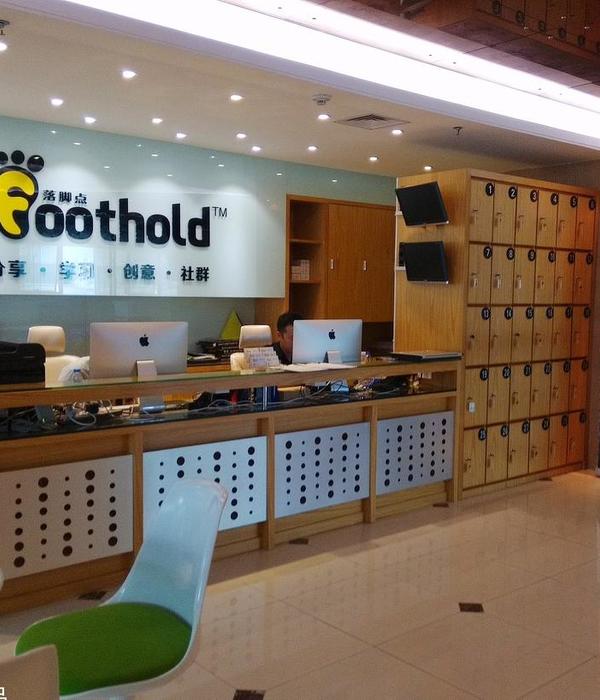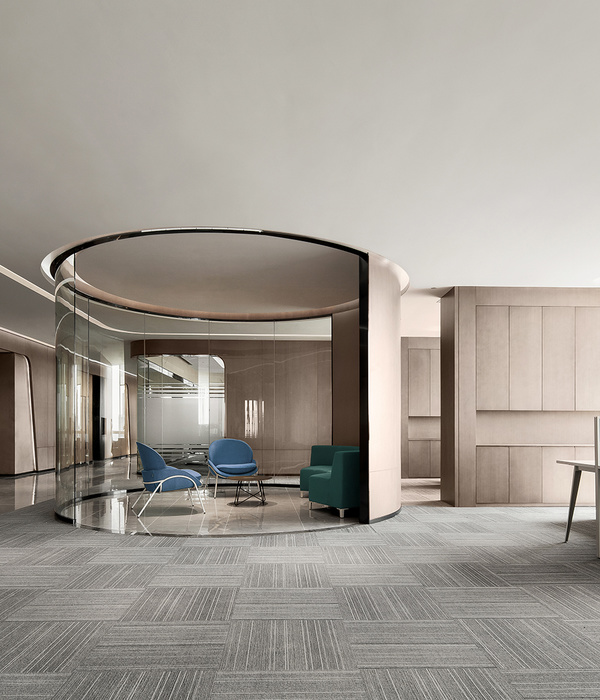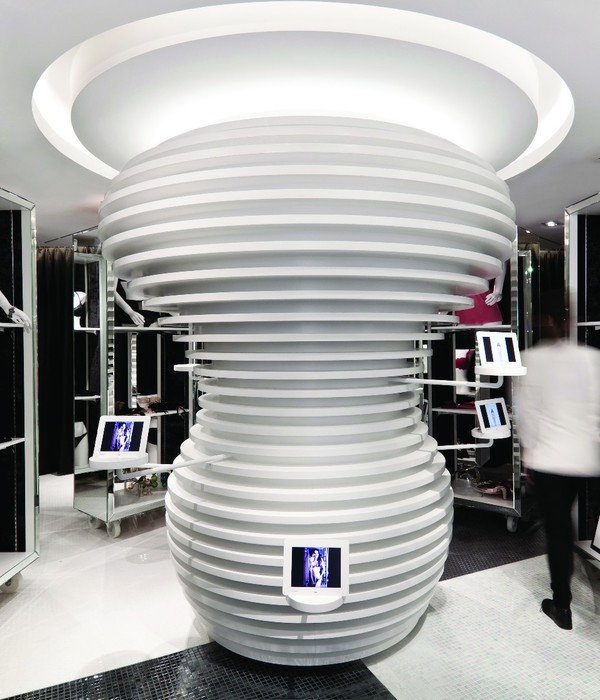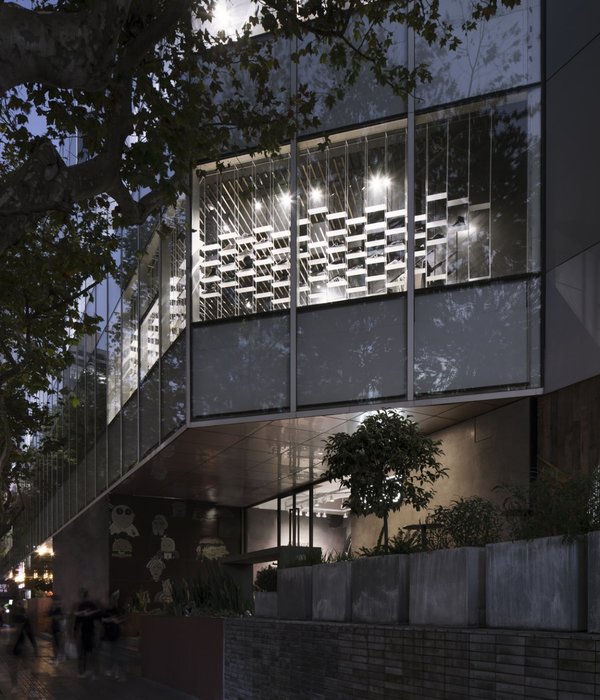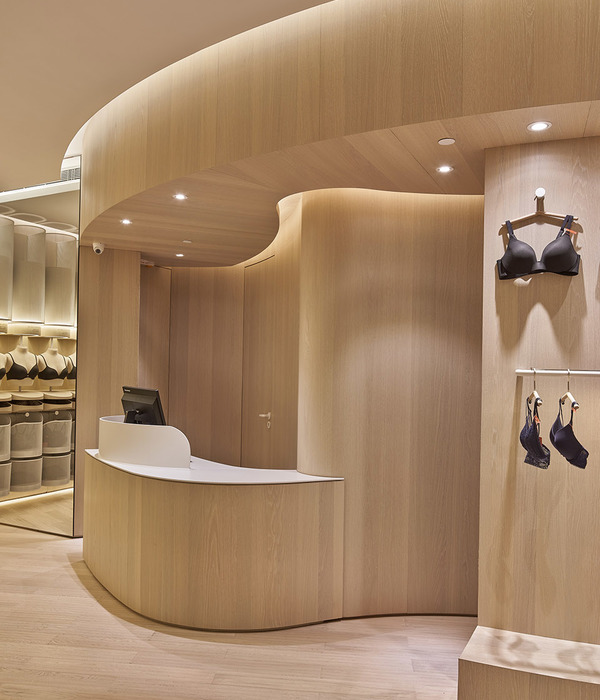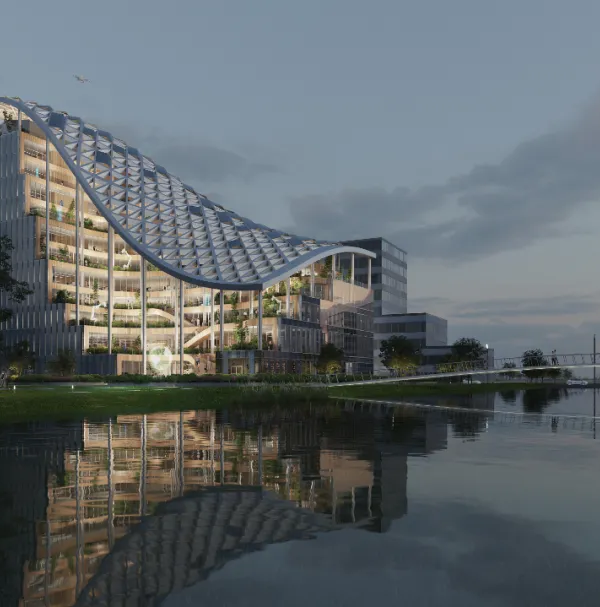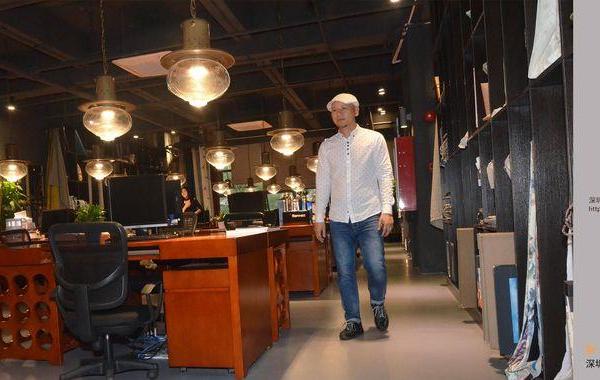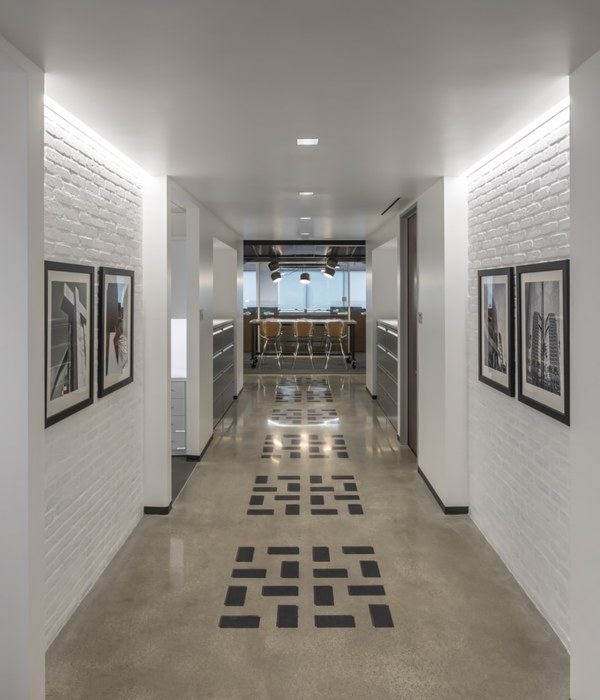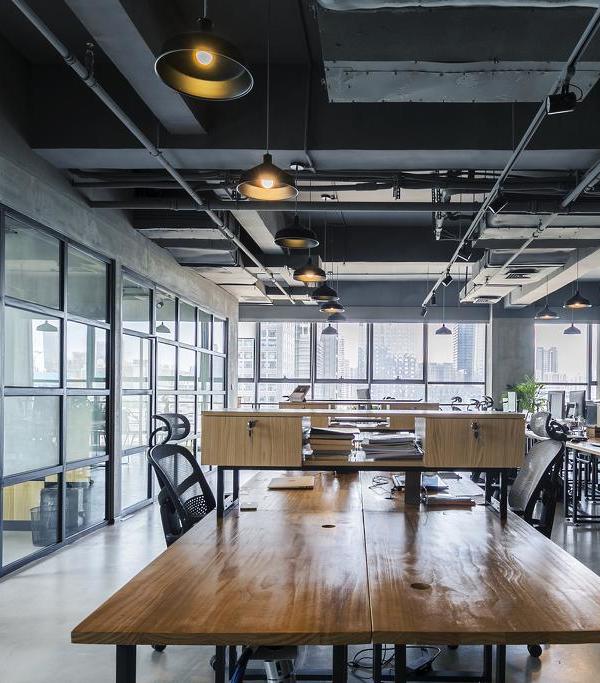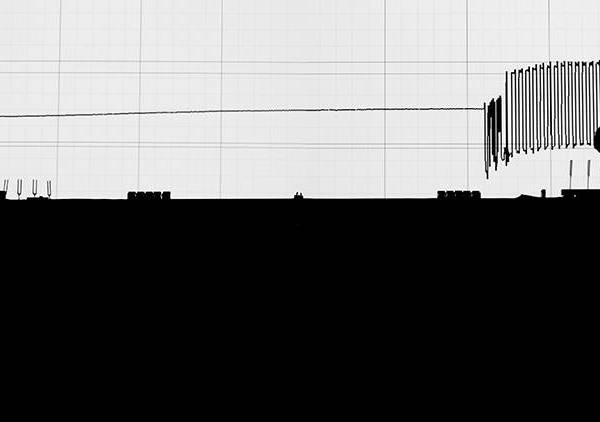By
AECOM
,更多关于他们:
▲该框架大胆的将公共领域,土地使用,运输网络战略性的转变为中部四个宜居和可持续区域,并突出国家大草坪的特色。The Framework Plan uses bold public realm, land use, and transportation strategies to transform four federal precincts around the National Mall into places of distinct character that will make central Washington more livable and sustainable.
华盛顿纪念碑核心区框架规划(框架规划)建立在华盛顿特区的非凡条件之上,以满足21世纪的社会、文化、经济和环境需求。框架将国家大草坪与和城市活力等要素整合,创造出未来的多用途文化活动场所,振兴萧条地区,建立新“生态区域”,改变华盛顿的体验。
项目目标
华盛顿的National Mall(纪念碑前的大草坪)是美国标志性的无限延伸的绿色景观和古迹,同时也是美国人民展示他们公民身份的首要舞台。不幸的是,因为其知名度,这里被过度使用和开发,并独立于周边的城市肌理。因此,这个框架规划被用以保护这片国家性的历史景观。在突出场地的同时增加场地的可达性。框架也急切的解决了地点与首都发展之间的矛盾,达到联邦政府的要求。新的交通联系直达海滨,释放出开放空间和娱乐空间的潜力。同时将推行生态和可持续发展的策略。
象征意义和文化表达
华盛顿特区的设计是伟大的艺术成就,也是国家与公民文化的象征,其表达了美国的民族认同和民主原则。在尊重原有的建筑物,纪念碑,重要公共空间的基础上,为城市,民主还有国家的不断发展有所贡献。突出National Mall的重要性,创造新的视觉和抽象印象关系,回复广场与街道的链接,为民所用,建立可持续的步行公共领域。
宜居和可持续发展
框架结合有效的环保措施,促进可持续的城市发展,创建混合使用的多种交通可达用地,让网络联系美丽的公园,广场,以及完整的街道。被整合的区域核心交通是步行和自行车,其环境质量得到长足的改善,冲击了开发的影响。通过高性能的节能绿色技术,全范围实现雨水管理和基础设施更新。自然生态的元素也被融入到设计的各个尺度之中:城市树木覆盖率,自然驳岸线,原生栖息地。
分析和影响
该规划框架接受多方建议,与联邦机构合作,取得了15个伙伴机构和两个赞助委员会的支持和建议。成立专家小组对当地居民和来自全国的意见进行评估和改进建议。最后,要在华盛顿特区实现这个伟大的遗产规划。把传统原则和1997年的规划图景共同融合,将经济发展与生态结合。确认出以前规划但是没有实现的街道广场区域,让其成为小区域焦点。配合历史,结合现有的水温条件,泛洪平原系统动力学和树冠覆盖区对开放空间进行重建和整合,改善环境质量。
这个框架将在未来30年中进行决策实现。现在的第一阶段于2009年通过,正在实施中。首先减少商业对这里的压力,发展出优秀的,宜居的,可持续发展的模式。同时该地区要建设一个新的总统纪念馆,由建筑师Frank Gehry操刀。
The Monumental Core Framework Plan (Framework Plan) builds upon theextraordinary assets of Washington, DC to address the social, cultural, economic, andenvironmental needs of the 21st century. The Framework Plan integrates the civicqualities of the National Mall and urban vibrancy throughout the monumental core. Itaims to create locations for future cultural destinations, introduce a mix of uses,revitalize stagnant areas, establish a new “eco-district,” and transform the Washingtonexperience.
▲框架规划为国家大草坪注入活力,从物理,生态还有象征意义上多方改观区域,让其与城市还有水滨区域联系,延伸轴线的影响范围。The Framework Plan links vibrant new destinations to the National Mall, the center city, and the waterfront through symbolic, physical, ecological, and programmatic improvements, thereby extending the image of the capital city beyond the National Mall.
▲分析导致国家大草坪可达性低的身体感官障碍原因。通过战略重组,与城市空间密切联系,提高人行可达性。Analysis of physical and perceived barriers identifies disruptions that isolate federal precincts and the National Mall from the city. The Framework Plan will re-knit the city’s urban fabric through strategic redevelopment, interconnected public spaces, and improved pedestrian experiences.
▲设计周边区域与国家大草坪的连接方案,通过目标,环境效益,可实施性的综合评估,得出最终建议。Landscape Architects created alternative urban design and connectivity approaches for each of the four precincts surrounding the National Mall. The options were vetted with stakeholders and evaluated against overall goals, environmental benefits and implementation feasibility to derive final recommendations.
▲突出原有视觉轴线,创建新的视觉轴线,建立了新的公民文化公共纪念空间。Building on the city’s planning heritage, the Framework Plan reinforces prominent visual axes, strengthens vistas, and creates new symbolic relationships to establish new locations for civic, cultural, and commemorative destinations.
▲创建混合使用的多种交通可达用地,让网络联系美丽的公园,广场,以及完整的街道。被整合的区域核心交通是步行和自行车。The Framework Plan proposes linking mixed-use development clusters, transit hubs, and public parks with pedestrian amenities and an interconnected system of beautiful, sustainable, and functional open spaces and bikeways.
▲保留原有高速路,新开水道交通,建立人行天桥,扩展了国家大草坪的南侧的滨水区域。Restoring streets, developing over an existing freeway, dredging a canal, and building pedestrian bridges will extend the National Mall landscape to the waterfront, the river, and the city’s southern neighborhoods.
▲创建紧凑的混合使用人尺度交通空间,形成迷人的可不行公共空间,重达国家文化意义的目标。Compact, mixed-use redevelopment of the Forrestal Building complex will encourage transit use, establish an inviting and walkable public realm; and reclaim important symbolic vistas and connections for a nationally significant cultural destination.
▲将10号街区从人们很少停留的街道重建为一个具有活力和吸引力的步行街,这里有休闲舒适的聚会场所。The redesign of 10th Street, SW will transform an inhospitable corridor into an economically vibrant and engaging street that includes pedestrian amenities and comfortable gathering spaces for leisure activities and national events.
▲将铁道马里兰改建为街道,增加树冠覆盖率,创立雨水花园,减少城市热岛效应。Innovative improvements will reestablish Maryland Avenue over an existing rail-corridor, thereby reclaiming a significant L’Enfant square and enhancing urban ecology by reducing the heat island effect, increasing tree canopy, and integrating stormwater management gardens.
▲将高速路附近利用率和交通不便的区域改建成以纪念碑和纪念堂为背景的新公共娱乐活动空间。Realigning highway ramps and building a new transit station will extend the National Mall beyond an isolated and inaccessible area near the Jefferson Memorial and provide new civic space with a monumental backdrop to accommodate recreation and events.
▲海岸线被重塑,形成净化水和减少侵蚀的沼泽栖息地。人们在木栈道上观看美丽风景和得到相关的生态教育知识。Rather than replace a failing seawall along Potomac Park, reshaping the shoreline to create marsh habitat will cleanse the water and mitigate flooding problems, as well as provide a scenic boardwalk and interpretive education opportunities.
▲提高公共空间的质量,加深人们对国家大草坪的感知,让其具备吸引力和良好的可达性。Improving the quality and programming of interconnected public spaces will blur the perceived boundaries between downtown and the National Mall and be a more appealing and walkable environment for workers and visitors.
Here’s some more information:
Goals and Objectives
The National Mall, with its green expanse framed by iconic buildings and monuments, is the premiere stage upon which Americans display their civic identity. Unfortunately, because of its own popularity, the Mall is overused and overdeveloped. In addition, there are physical and perceived barriers that separate the Mall from the city’s surrounding urban fabric. Recognizing this, the Framework Plan is designed to help preserve the historic landscape of the National Mall as a venue for national gatherings and a place to honor our country’s heroes and cultural heritage. The Plan accomplishes this by identifying new locations and enhancing the settings of nearby prominent sites for future memorials and museums beyond the National Mall.
The Framework Plan also recognizes and responds to several urgent issues that are unique to our nation’s capital and balances them with the interrelated needs of a growing modern city. These include the emerging demand to reconnect the city to its waterfront; the mandate to remove barriers to mobility and development; the call to meet the growing open-space and recreation needs of the District of Columbia; the requirement to properly accommodate the federal government within the monumental core; the challenge of meeting federal building security standards; and the ecological and social imperative of sustainable planning—all within the context of Washington’s expanding downtown.
Symbolism and Cultural Expression
The design of Washington, DC is one of the great artistic achievements of our nation and a living symbol of our civic culture. The city was conceived, planned, and built as the urban expression of our nation’s identity and democratic principles. The Framework Plan recognizes that the location of buildings, memorials, and important civic spaces must contribute to the organizing principles of our city, our democracy, and our evolving national narrative. To relieve the pressure on the National Mall, the Framework Plan proposes to create new visual and physical connections by enhancing views and symbolic relationships; restoring historic squares and streets; dedicating prominent development sites for primary civic uses; improving access to the waterfront; and establishing a continuous and walkable public realm.
Livability and Sustainability
The Framework Plan promotes sustainable strategies that combine urban design principles with sound environmental practices. It creates mixed-use destinations supported by improved access to multi-modal transportation systems, linked by an expanded network of beautiful parks, plazas, and complete streets. These elements combine to actively improve environmental quality, maximize low-impact development capacity, and encourage transit use, walking, and bicycling throughout the monumental core. The Framework Plan promotes resource conservation and energy efficiency by investing in high-performance buildings, upgrading aging infrastructure with green technologies, and establishing collaborative eco-districts to improve storm water management and promote the sharing of renewable energy. The plan also will improve ecological quality by integrating natural elements into every scale of design and restoring the urban tree canopy, the natural shoreline, and native habitats.
Analysis and Outreach
Landscape Architects organized and managed the process that developed the Framework Plan, crafted its recommendations, secured its approval, and facilitated unprecedented collaboration between federal and District of Columbia agencies. In addition to the two sponsoring commissions, 15 partner agencies contributed to and shaped the Framework Plan recommendations during three years of planning, analysis, and consultations. Simultaneously, the partners hosted public open houses to engage DC residents, convened a panel of sustainability experts to evaluate and refine the recommendations, and sponsored a symposium to obtain input from around the country. The latter included the public and experts in planning, design, urban ecology, history, commemoration, and public policy.
The recommendations were derived by building upon Washington’s strong planning heritage. The Framwork Plan blends traditional principles from the L’Enfant and MacMillan plans and the vision of the 1997 plan, Extending the Legacy, with the dynamic patterns of ecological systems and current economic development strategies to correct some of the unanticipated consequences of past planning and development decisions. Historical maps were overlaid to identify previously planned, but unrealized, streets and squares. These rediscovered landscapes have become the centerpieces of proposed destination clusters. To complement the historical influences, existing hydrological patterns, flood plain dynamics and tree canopy systems were synthesized to target opportunities where redevelopment and open space enhancement could best improve environmental quality.
Action and Implementation
The Framework Plan is a flexible tool to guide federal planning, development, and investment decisions over the next thirty years. Itprioritizes a series of specific initiatives, follow-up studies and next steps that are the first practical step in achieving the long term vision. The two federal commissions that sponsored the Framework Plan adopted it in 2009 and have already started implementation. Beginning with detailed planning for the Southwest Ecodistrict, the first signature destination aimed at relieving pressure on the Mall, Washington is advancing as a 21st Century model for outstanding urban design, livability, and sustainability. In addition, a new presidential memorial is being designed in the area by Frank Gehry.
MORE:
AECOM
,更多关于他们:
Via : ASLA
{{item.text_origin}}

